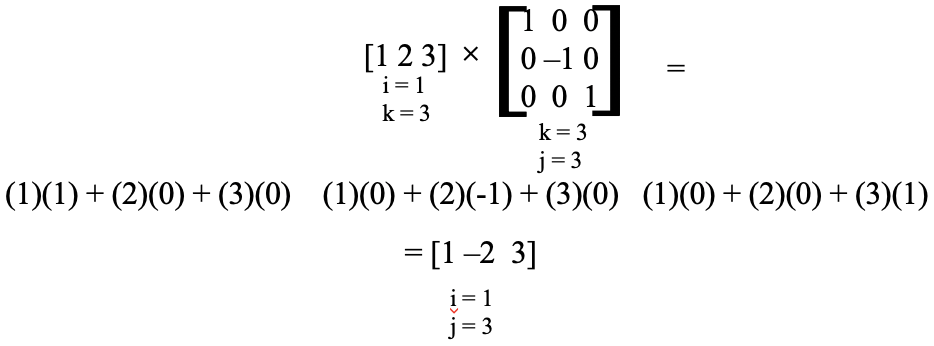The third axis: matrices and operations on them
Section outline
-
-

Although actual matrix arithmetic did not appear until the beginning of the nineteenth century, However, matrices, as rows of numbers, have a long history of applications in solving Linear equations. In the Chinese text "The Nine Chapters on the Art of Mathematics", written in the second century BC, which is the first known example of the use of tables in solving sentences of equations, the concept of the determinant was also introduced.
Once the array is defined, many operations can be performed on it. At the simplest level, two matrices with the same dimensions can be combined using two of the most common mathematical operations: addition and subtraction. There is also the process of multiplying a matrix by a constant number, which somewhat mimics the traditional understanding of multiplication.

Upon completion of this axis, the student will be familiar with the objectives of the axis based on Bloom’s levels of knowledge:
1. Knowledge and memory level: Students at this level retrieve and organize information from memory (prior acquisitions), where students learn about the concept of matrices and their types, and provide them with the necessary skills that enable them to perform basic operations on them. The student is given multiple choice questions, and is asked to answer them. They can also give them fill-in-the-blank questions, aimed at restoring their tribal gains related to the axis.
2. The level of comprehension and understanding: The student identifies and identifies the various variables and concepts related to the third axis. Here we give the student some various questions based on what was learned and evaluated for the lesson.
3. Application level: The student can perform operations to learn about applications about matrices and operations on them.
4. Analysis level: The student distinguishes the various types of matrices as well as their basic operations.
5. Structure level: Students organize information in different ways through brainstorming.
6. Evaluation level: The student evaluates and evaluates all the acquired information in order to make decisions based on the specified criteria. We develop a final exercise in which he identifies the various matrix operations.
-

